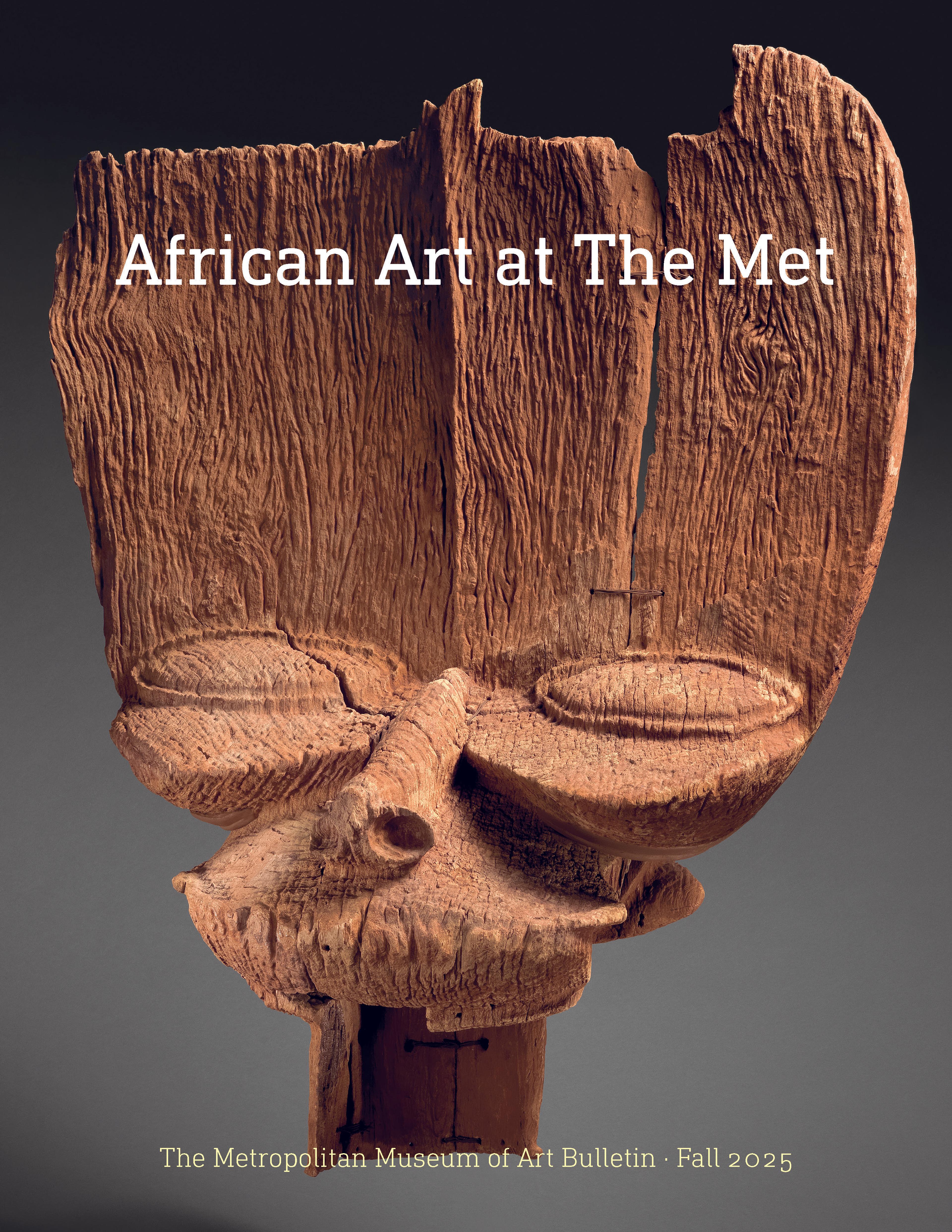Lamba mpanjaka marevaka (king’s bright mantle)
This contemporary creation represents a revival of a precolonial textile tradition developed by Merina weavers on the island of Madagascar. In the nineteenth century, the royal court and aristocracy of the ruling Merina people of the central highlands used elaborately patterned silk textiles, known as lamba akotofana, During that period, King Radama I introduced the Chinese silkworm to the island. Just as silk was associated with the emperor and with Christianity in Ethiopia, in Madagascar it was identified with royalty and immortality. Given its strength and durability, it was conceived of as especially suited for apparel for the afterlife. Such costly cloths were worn by members of the elite on important occasions as marks of status. They were also drawn upon for the outer layer of fabric wrapped around notable ancestors as second burial shrouds.
The Merina and Betsileo people are the main silk weavers in Madagascar. Until recently weaving was a female vocation. In order to weave bands of complex pattern, Merina weavers adapted their looms to include one or more supplementary heddles suspended above. Each of these could then be manipulated to produce a band of pattern floating across the warp of the textile. Many of these patterns are derived from local trees and flowers. Predominant among them are believed to be variations on "The Tree of Life" motif.
During the colonial period, patronage of such works by the local aristocracy gradually diminished. In recent years an innovative group of weavers from the town of Arivonimano, near the capital Antananarivo, have studied historical works conserved in the collection of The British Museum as a point of departure for renewal of their heritage. Among them is the master weaver Martin Rakotoarimanana who produced this work for display. It is not a literal replica of a historical prototype but rather an inspired departure that reflects the same demanding mastery of the medium achieved in the nineteenth century.
The Merina and Betsileo people are the main silk weavers in Madagascar. Until recently weaving was a female vocation. In order to weave bands of complex pattern, Merina weavers adapted their looms to include one or more supplementary heddles suspended above. Each of these could then be manipulated to produce a band of pattern floating across the warp of the textile. Many of these patterns are derived from local trees and flowers. Predominant among them are believed to be variations on "The Tree of Life" motif.
During the colonial period, patronage of such works by the local aristocracy gradually diminished. In recent years an innovative group of weavers from the town of Arivonimano, near the capital Antananarivo, have studied historical works conserved in the collection of The British Museum as a point of departure for renewal of their heritage. Among them is the master weaver Martin Rakotoarimanana who produced this work for display. It is not a literal replica of a historical prototype but rather an inspired departure that reflects the same demanding mastery of the medium achieved in the nineteenth century.
Artwork Details
- Title:Lamba mpanjaka marevaka (king’s bright mantle)
- Artist:Martin Rakotoarimanana (b. 1963, Avironimamo, Madagascar)
- Date:1998
- Geography:Madagascar, Antananarivo
- Culture:Merina peoples
- Medium:Silk, pigment
- Dimensions:L. 108 x W. 70 1/8 in. (274.3 x 178.1 cm)
- Classification:Textiles-Woven
- Credit Line:Purchase, Rogers Fund and William B. Goldstein Gift, 1999
- Object Number:1999.102
- Curatorial Department: The Michael C. Rockefeller Wing
More Artwork
Research Resources
The Met provides unparalleled resources for research and welcomes an international community of students and scholars. The Met's Open Access API is where creators and researchers can connect to the The Met collection. Open Access data and public domain images are available for unrestricted commercial and noncommercial use without permission or fee.
To request images under copyright and other restrictions, please use this Image Request form.
Feedback
We continue to research and examine historical and cultural context for objects in The Met collection. If you have comments or questions about this object record, please contact us using the form below. The Museum looks forward to receiving your comments.
